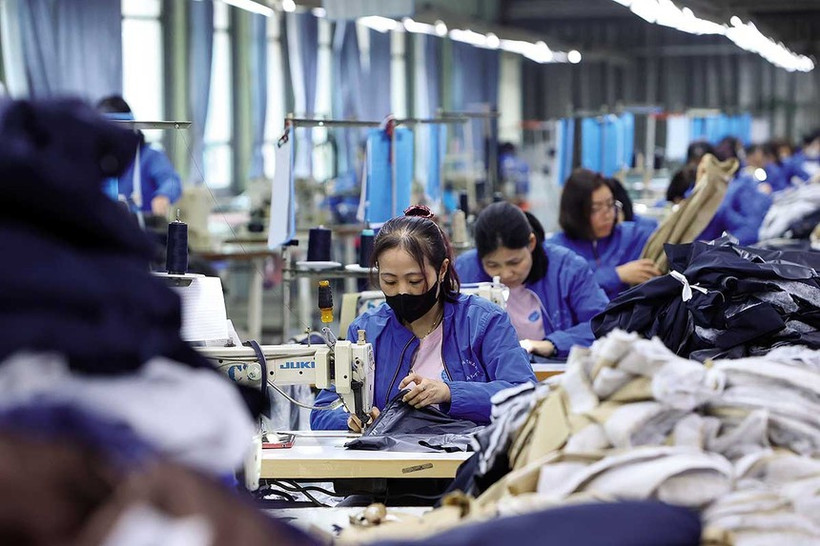Vietnamese businesses need upgrade to harness full EVFTA potential

Hanoi, November 6 (VNA) – Since the EU – Vietnam Free Trade Agreement (EVFTA) came into force in August 2020, it has emerged as one of the most effectively implemented trade pacts, significantly expanding the scale of bilateral trade between the two sides.
In 2024, total trade reached nearly 70 billion USD, bringing the five-year cumulative figure to around 300 billion USD.
Despite global trade fluctuations, Vietnam – EU import and export activities remained robust in the first nine months of 2025, with total turnover approaching 55 billion USD, of which exports accounted for nearly 41 billion USD (up 9.3%) and imports 13 billion USD (up 4.3%).
The share of goods granted preferential certificates of origin (C/O) under the EVFTA has risen sharply from 14.8% in 2020 to 35.1% in 2025, demonstrating that Vietnamese enterprises have swiftly adapted to rules of origin to benefit from tariff preferences.
According to the Ministry of Industry and Trade (MoIT), as the agreement enters its sixth year, tariff elimination schedules between the two sides have neared completion. This marks a “golden window” for Vietnamese firms to fully capitalise on the EVFTA, while also representing a crucial turning point for aligning with Europe’s green and sustainable development trends.
The MoIT and the Vietnam Chamber of Commerce and Industry (VCCI) regard the EVFTA as one of the EU’s most high-standard and successful free trade agreements, offering strong support for bilateral trade. For Vietnam, key export sectors such as electronics, textiles and garments, footwear, machinery, agricultural-seafood products have effectively leveraged this opportunity to deepen their presence in the European market.
In parallel, the EVFTA has spurred European investment in Vietnam, particularly in supporting industries, processing and manufacturing, renewable energy, and high technology. Many EU firms have shifted their operations to Vietnam to take advantage of a stable business environment and preferential tariffs while restructuring their post-pandemic supply chains.
Vietnamese companies, for their part, have been upgrading via enhancing production standards, diversifying product ranges, and meeting green criteria, to enter the EU market more deeply.
A case in point is the Indochina Creative Investment and Development Joint Stock Company, which has seen over 20% export growth in handicrafts to the EU over the past three years, despite global market volatility. The company’s products have gained ground in France, Germany, Denmark, Belgium, Spain, and Italy.
Director of the company Hoang Thi Thanh Tam explained that the EVFTA has enabled most of their export items to enjoy tariff cuts to 0% or just 2-3%, giving them a price advantage and helping the business sustain export momentum.
Tran Ngoc Quan, Vietnam’s Trade Counsellor in Belgium and the EU, noted that the EU will have eliminated nearly all tariffs on Vietnamese goods. With an import market worth over 2.64 trillion USD, this offers a tremendous opportunity.
However, he said the more open the market, the stricter the requirements. As tariffs lose their role as a protective measure, trade defence instruments such as anti-dumping, anti-subsidy, and safeguard investigations are becoming more prevalent.
Therefore, to fully leverage the free trade pact, Vietnamese enterprises must transition from a mindset of “selling what we have” to “producing what the market demands”, while making strategic investments in branding, green certification, and supply chain management to remain competitive in the long term./.





